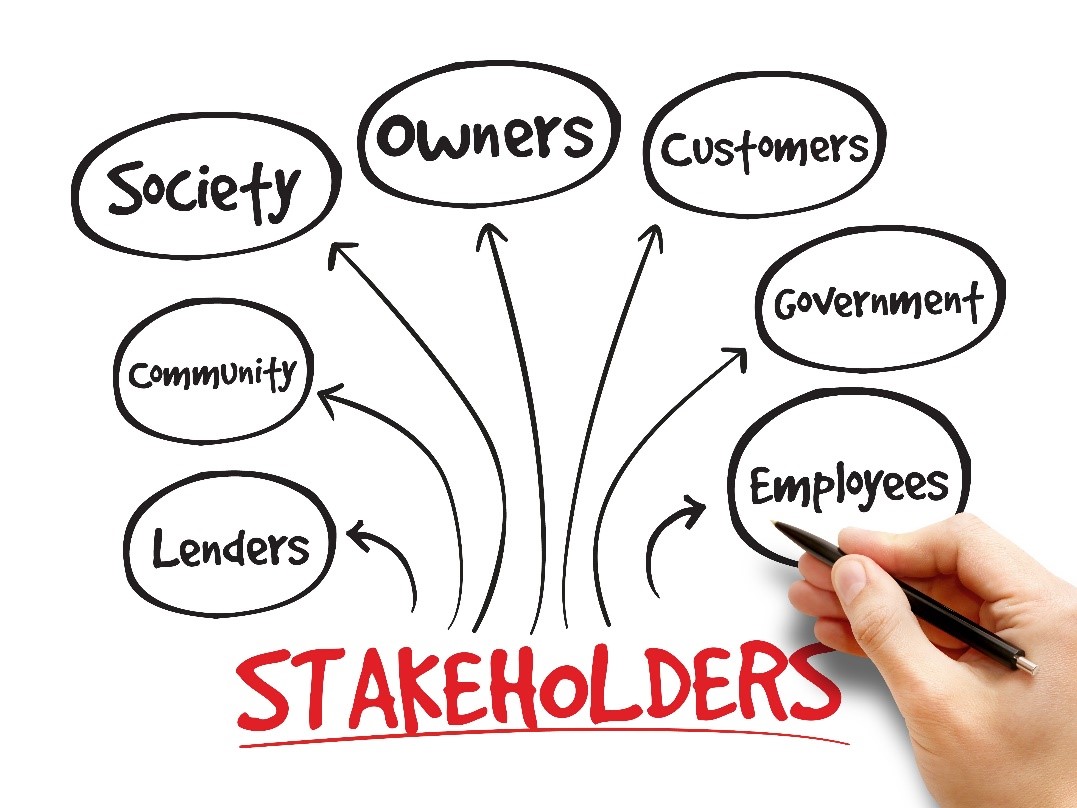Who reads your ore reserve statement and why?
Ore Reserve is a critically important term used throughout the minerals industry. Defined in the JORC Code[1] as “the economically mineable part of a Measured and/or Indicated Mineral Resource”, it includes an estimate of tonnes and grade (or quality) at a project or operating mine. But this important set of numbers is much more than this, and means very different things to different stakeholders.
To the geologists who generated and estimated the Mineral Resource on which the Ore Reserve is based, it is the culmination of perhaps years of exploration, geological interpretation, analysis and professional judgement.
To the mining engineers who estimated the Ore Reserve, it represents the best assessment of what can actually be extracted economically from the Mineral Resource and delivered for sale or further processing to produce a saleable product.

However, it is only a snapshot in time that is expressed as a point value, and is only valid for the particular set of inputs used in its estimation. Whilst it may be used as the basis for short and long term planning and scheduling, it has a very limited shelf life and must be updated regularly as the inputs change, or new Mineral Resources are discovered, or the Ore Reserve is depleted by mining.
To the senior managers and company directors, the Ore Reserve is a signal for decision making about future production strategies and investment priorities. This may also trigger the need for new levels of environmental assessment and community consultation. And of course, the big question for a publicly listed company – what will be the impact on the share price?
To other mining companies, it may signal opportunities for a possible merger, takeover or farm-in.
To the financial institutions approached to fund development or expansion, the Ore Reserve will underpin their financial analysis of the project’s profitability.
To existing or potential customers for the project’s mineral products, it provides guidance on what is likely to be available to meet their needs.
To the shareholders, it informs their investment strategies and priorities. Will we be paid dividends, or will the company be looking to raise more money? Should we increase or decrease our shareholding?
To the employees, it provides guidance about future employment opportunities and job security. Is there a good professional future for me at this project?
To service providers, it suggests there may be opportunities to provide short, medium or long term services to the mine.
To the local community, it provides public information about the likely scale and life of the project, and its potential impacts, both good and bad, on their lives and their social amenity. It may be a basis for important decisions about business and investment opportunities, or future employment.
To other interest groups, it may be a cause for joy, for relief, or for concern, depending on their perceptions of the positive and negative impacts of the project.
To the various levels of government, it provides information on which to base decisions about future infrastructure commitments, and guidance on likely revenues from taxes and royalties. It may also trigger regulatory and approval processes related to the future development of the project.
With so many stakeholders who will be interested in the reported Ore Reserves, the company must ensure that what is reported is technically sound, and that it is communicated clearly. Compliance with the letter and spirit of the JORC Code is of course the minimum technical standard required for a public company, but the information that accompanies the public reporting of an Ore Reserve estimate is also important to ensure that all stakeholders can understand it.
Derisk works with all stakeholders to help them interpret, understand and analyse the inputs, assumptions, conclusions, risks and rewards built into the estimate of an Ore Reserve.
[1] Australasian Code for Reporting of Exploration Results, Mineral Resources and Ore Reserves (The JORC Code), 2012
For more information
Mark Berry (Director and Principal Geologist)
+61 4 0802 9549
mark@deriskgeomining.com
